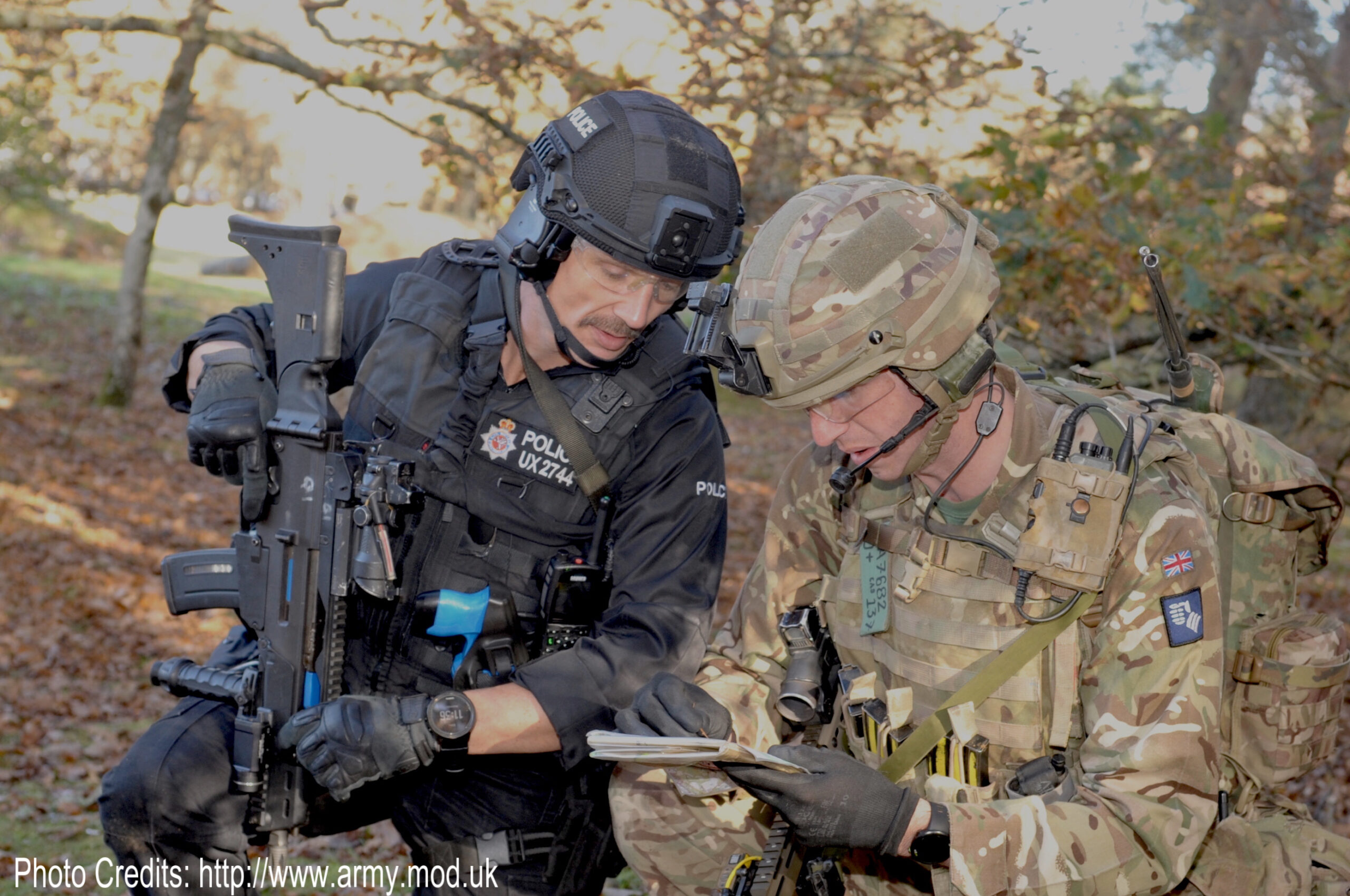I am a third-generation Arab-American, and I am on a journey to learn more about the journey of my “jiddo,” the Arabic word for grandfather. I am sorting through family stories, passed down, that have a way of changing in the retelling. Folk tales are compelling, but I am trying to anchor my story to facts before the channels to history close entirely, in hopes they might offer insight about how I got here.
My quest mirrors those of so many Arab-Americans. They’re looking back and trying to unearth their stories, separating myth from truth and — just as important — hoping to show their neighbors that, in the story of America, they are not a “them” but an “us.”
Maybe the Titanic tale is true. It’s remotely possible, since Hussien Karoub came to the United States in the same year, 1912. My family hasn’t confirmed that through records, but by anecdotes like a radio interview from the early 1960s, when he said he came to Detroit in 1915 to make cars after spending three years making hats in Danbury, Conn.
For many Arabs, a version of the story is true. U.S.-bound Middle Easterners were on the Titanic and other ships traversing the Atlantic. In lower Manhattan, an already thriving Syrian community awaited and would be instrumental in identifying and memorializing the dead and helping survivors meet the new world.






